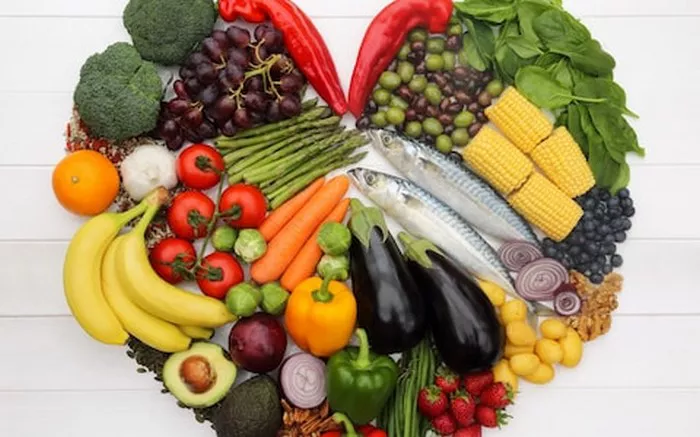Carrot cake, with its moist crumb and creamy frosting, is a beloved dessert worldwide. But does it belong on the Christmas table? This article explores the historical, cultural, and gastronomic ties between carrot cake and holiday traditions, offering a fresh perspective on its role in festive celebrations.
The Historical Roots of Carrot Cake
A Humble Beginning
Long before sugar became widely available, carrots were used to sweeten desserts in medieval Europe and the Middle East. Arab cookbooks from the 10th century mention carrot-based sweets, leveraging their natural sugars. During Lent, when sugar was restricted, European monks grated carrots into cakes, creating a proto-version of today’s dessert.
Wartime Innovation and 20th-Century Popularity
Carrot cake gained traction during World War II as rationing made sugar scarce. Governments promoted carrot-based recipes, including cakes, to utilize accessible vegetables. Post-war, the dessert evolved with the addition of spices and cream cheese frosting, becoming a staple in American bakeries by the 1960s.
Carrot Cake and Christmas
The Spice Factor
Carrot cake’s signature spices—cinnamon, nutmeg, and cloves—are hallmarks of Christmas baking. Historically, these spices were luxury items reserved for special occasions. Their inclusion in carrot cake ties it conceptually to festive traditions, evoking warmth and nostalgia during winter celebrations.
Seasonal Ingredients and Winter Availability
Carrots, harvested in late autumn, stored well through winter, making them a practical ingredient during colder months. This accessibility, paired with the cake’s long shelf life, positioned it as a viable holiday dessert in agrarian societies. In contrast to summer fruits, carrots symbolized resourcefulness and comfort in leaner times.
Carrot Cake vs. Traditional Christmas Desserts
Fruitcake
Like carrot cake, fruitcake is dense, moist, and rich in spices. However, fruitcake’s candied fruits and alcohol preservation make it divisive. Carrot cake’s subtle sweetness and creamy frosting offer a more approachable alternative, aligning with modern preferences for balanced flavors.
Gingerbread and Yule Logs
Gingerbread’s crisp snap and the Yule log’s airy sponge differ from carrot cake’s tender texture. Yet, all share a emphasis on spice. Carrot cake bridges the gap between hearty and delicate, offering versatility in holiday menus.
Global Twists
European Variations
In Germany, carrot cake (Karottenkuchen) often features quark cheese instead of cream cheese, offering a tangier profile. British versions might include treacle or sultanas, nodding to traditional Christmas pudding ingredients.
Tropical Adaptations
In Australia and Hawaii, bakers add pineapple or coconut to carrot cake, reflecting local produce and summer Christmas traditions. These additions introduce a tropical brightness, contrasting with Northern Hemisphere winter staples.
Americas
North American carrot cake is synonymous with rich cream cheese frosting, a mid-20th-century innovation. In South America, dulce de leche might replace frosting, blending regional flavors with the classic recipe.
The Science of Flavor
The Role of Moisture and Spice
Carrots contain cellulose, which retains moisture during baking, creating a dense yet tender crumb. Combined with oil-based batters, this results in a cake that stays fresh longer—ideal for holiday gatherings.
Flavor Chemistry
Cinnamon and nutmeg contain compounds like cinnamaldehyde and myristicin, which trigger olfactory receptors associated with warmth and comfort. These spices, paired with the umami of roasted carrots, create a complex flavor profile suited to winter indulgence.
Modern Trends
Festive Presentation
Modern bakers dress carrot cake for the holidays with gold leaf, edible glitter, or holly-shaped fondant. Miniature cupcake versions serve as festive party favors, while layered designs mimic traditional Yule logs.
Dietary Adaptations
To cater to diverse diets, chefs experiment with almond flour, chia seeds, or aquafaba (chickpea brine) as egg substitutes. These variations ensure carrot cake remains inclusive at contemporary holiday tables.
Expert Insights
Culinary Historian Dr. Eleanor Hart
“Carrot cake’s evolution mirrors societal shifts. Its adoption during WWII and later gourmet reinvention show how practicality and indulgence coexist—a theme central to holiday cooking.”
Pastry Chef Marco Ruiz
“I add orange zest and cardamom to my Christmas carrot cake. The citrus brightens the spice, making it feel both familiar and celebratory.”
Conclusion
While not a traditional Christmas dessert, carrot cake’s spice-driven warmth, adaptable recipe, and historical resonance with resourcefulness make it a fitting modern addition. Whether served as a nostalgic nod or a creative twist, it embodies the spirit of holiday innovation.
This exploration reveals that carrot cake’s Christmas connection lies not in tradition, but in its ability to evolve—much like the holiday season itself. By embracing both history and creativity, it earns its place alongside cookies, puddings, and pies as a festive favorite.
Related topics:



























